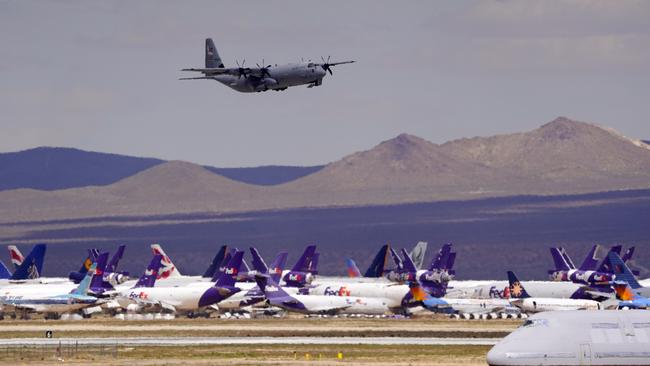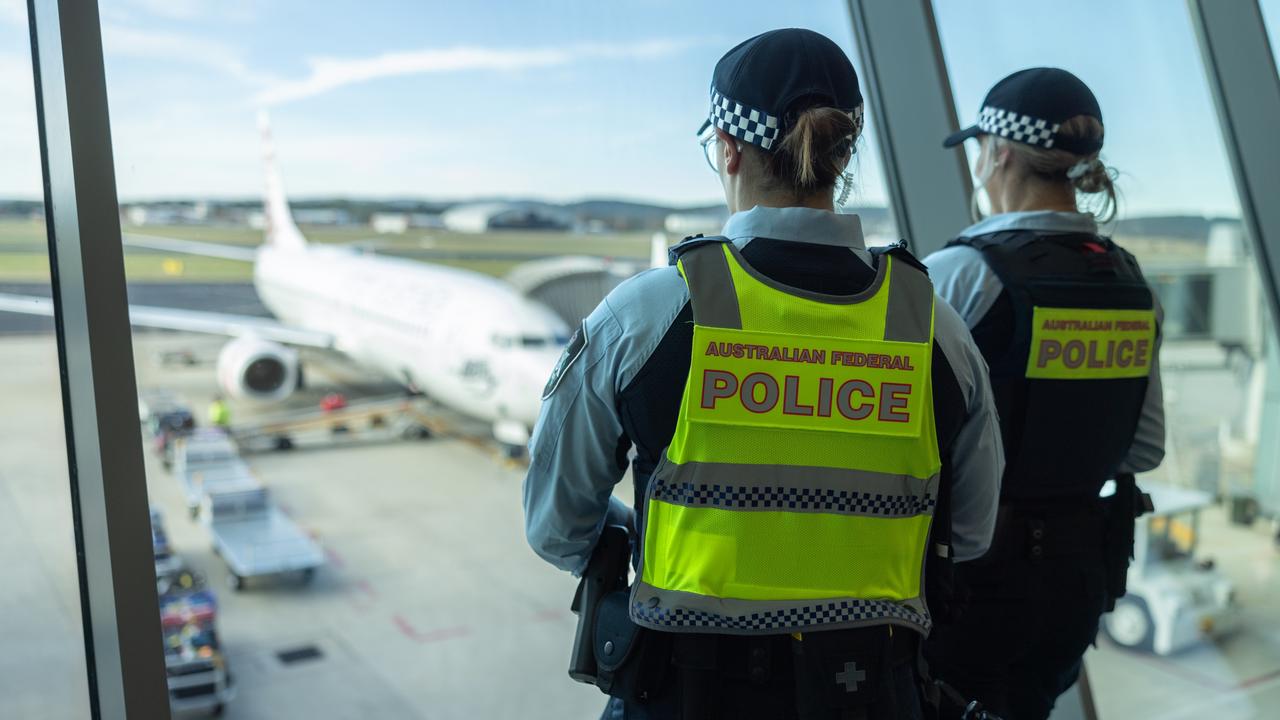Coronavirus: Which airlines will survive?
When the coronavirus crisis eventually eases, the airline industry will be almost unrecognisable from the one we have known.

When the coronavirus crisis eventually eases, the airline industry will be almost unrecognisable from what it was at the start of the year.
The International Air Transport Association has gone so far as to suggest there may not even be an airline industry without significant government help. Others in the industry have predicted about 20 or 30 major carriers will prevail out of more than 200.
The survivors are expected to be those with government backing, an extremely strong balance sheet or a healthy domestic operation.
Names that tend to be mentioned include British Airways, American, United and Delta, Qantas, Air France, KLM, Emirates, Qatar, Air New Zealand and Singapore Airlines.
Low cost carriers, despite their record for innovation, are not expected to be able to sustain the collapse of the leisure travel market, and dozens of others that were in financial strife before the coronavirus hit, are also likely to go under.
Centre for Asia Pacific Aviation executive chairman Peter Harbison said as gloomy as the outlook might seem, the challenges currently facing the industry were still yet to be fully realised.
“The US is really going to cop it badly. It’s obviously in chaos at the moment in terms of leadership and decision-making and it’s still the major airline industry in the world, and the biggest domestic market in the world so you’ve got to factor that into any equation of what the world is going to look like afterwards,” Mr Harbison said.
“It will be a gradual process of coming out of it, with presumably the bigger airlines with government support being able to progress faster than the others.”
Even those airlines that do see through the crisis would look very different on the other side, with much smaller operations and networks.
“The big airlines will be smaller for some time. They’re not going to be putting 700 aircraft back in the air immediately and that in itself creates a whole lot of issues,” Mr Harbison said.
“This year there is scheduled to be 1400 aircraft delivered (worldwide) in a market where just about every aircraft is grounded. What does that mean? It ricochets all the way down the supply chain.”
Flight schedules would also take a long time to return to what travellers were currently used to, in terms of having a plethora of destinations, routes and airline options.
In just a matter of months, Singapore Airlines has gone from operating 142 services a week to Australia to none, and Qantas’s international services have also been reduced to zero, from 350 week at this time last year.
Mr Harbison said he saw “no serious flying” for the rest of 2020, and it was likely to be well into 2021 before air travel took off again.
“That’s because of the carnage created with airlines, the reluctance to fly for quite some time and the reluctance of other governments to readily allow access,” he said.
“Of course this could blow over because the northern summer comes but it sure as anything doesn’t look like it at the moment.”
Already this week, Qantas has raised $1.05bn in finance off its own bat to help it see through the crisis, borrowing against seven near new 787-9 aircraft from ten local and offshore lenders.
Singapore Airlines went considerably further, sourcing $21bn through a new share and convertible bonds offering, and a bridge loan facility with DBS Bank.
The pain will go far beyond airlines though, with aircraft manufacturers suddenly facing negative demand with no new orders coming in, and existing orders postponed or cancelled.
Then there is regional aviation which was on its knees before a $298m package announced by Deputy Prime Minister Michael McCormack on Saturday.
Consisting of $198m to subsidise routes that might have otherwise been suspended, and $100m in direct support to small airlines, the package has been called a “lifeline” by the Regional Aviation Association of Australia.
Rebuilding aviation from within the country was key to the industry’s recovery, Mr Harbison said.
When the crisis eased, domestic networks would be the first to return in a positive step for tourist operators.
In time, a number of new foreign airlines would “rise from the ashes” thanks to a surplus of used aircraft on the market.
“Something like this creates opportunity for someone, a willing investor from outside or even inside the industry or even inside, to build new airlines,” he said.
“That will be a gradual process but hopefully there will be some changes made to ownership rules, that will make operating an airline a bit less difficult.”




To join the conversation, please log in. Don't have an account? Register
Join the conversation, you are commenting as Logout